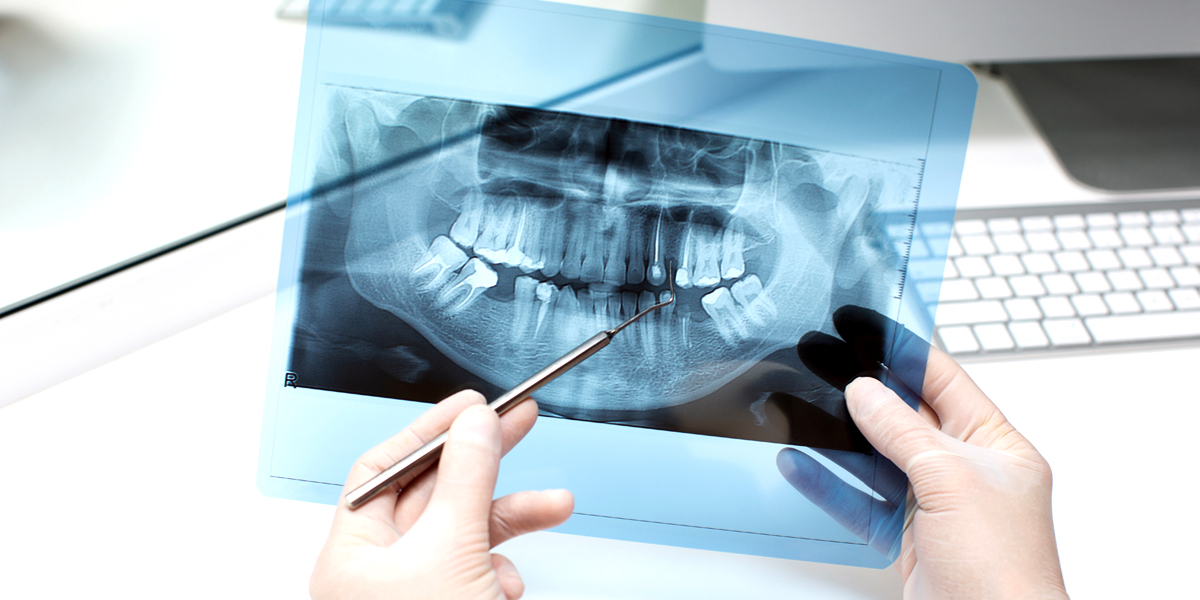As we age, our bodies undergo changes that increase the risk of various diseases. Amongst others, age increases the risk for the appearance of various types of cancer, the prevalence of which increases among older people as a result of the ageing of tissues and exposure to a greater number of carcinogens throughout life.
In relation to the latter, the development of malignant neoplasms, diseases in which abnormal cells multiply uncontrollably and can invade nearby tissues, is higher in developed countries.
Around 70% of cancer cases develop at an advanced age in countries such as Sweden or the United States, while the percentage barely reaches 60% in developing countries. In the United Kingdom, there are nearly 3 million people living with cancer, and each year around 167,000 people die as a result of this disease.
The occurrence of neoplasms generally increases from the age of 60 onwards, when 75% of multiple myelomas, 62% of leukaemia cases, 60% of Hodgkin’s lymphomas and 55% of oropharyngeal tumours, a type of head and neck cancer, are registered. However, there are gender differences in the risk of developing cancer: between the ages of 65 and 85, the probability is around 23% in men and around 17% in women.
Oral cancer is a type of head and neck cancer and one of the 10 most common types worldwide, tumours of the oral cavity account for around 4% of all malignant tumours. One of the main risks is not detecting it as it can be confused with other disorders such as herpes, sores and cancer sores or inflammation of the mouth.
According to the American Cancer Society, the most common of these is squamous cell carcinoma, which accounts for about 90% of all cases of oral cancer, which starts as early forms of flat, squamous, scale-like cells that form the lining of the mouth and throat.
In addition to squamous cell carcinoma, other precancerous or cancerous changes can occur in the oral cavity. The only way to assess them is by tissue biopsy, which reveals whether they are dysplastic or precancerous cells or cancerous cells.
Common precancerous conditions include leucoplakia, characterised by the formation of thick, white patches; erythroplakia, a flat or slightly raised red area that when scraped usually bleeds easily; or erythroleucoplakia in which there is a spot with red and white areas. These changes must be carefully monitored to prevent them from developing into a cancer.
According to data from Cancer Research UK, around 40% of people survive their oral cancer for 5 years or more after diagnosis. It is a rather low percentage mainly due to the delay in detecting the cancerous lesion, because in more than half of the cases the diagnosis occurs in advanced stages.
It has been found that mouth cancer mortality rates will increase by 22.4% by 2030, so prevention and early diagnosis in the initial stages remain the primary objectives in the treatment of these patients.
Dental professionals are often the ones who can detect these changes, so it is essential to carry out regular oral check-ups, such as those that Lura Care carry out free of charge in care homes and centres for people with functional diversity, two groups that often do not or cannot go to the dentist on a regular basis.
In cases where the presence of oral cancer is indeed detected in these people, a holistic approach is necessary through close collaboration between dentists, oncologists and geriatricians, both medically and in terms of emotional support for patients. This allows us to ensure that we provide the best possible treatment for these particularly sensitive cases.

